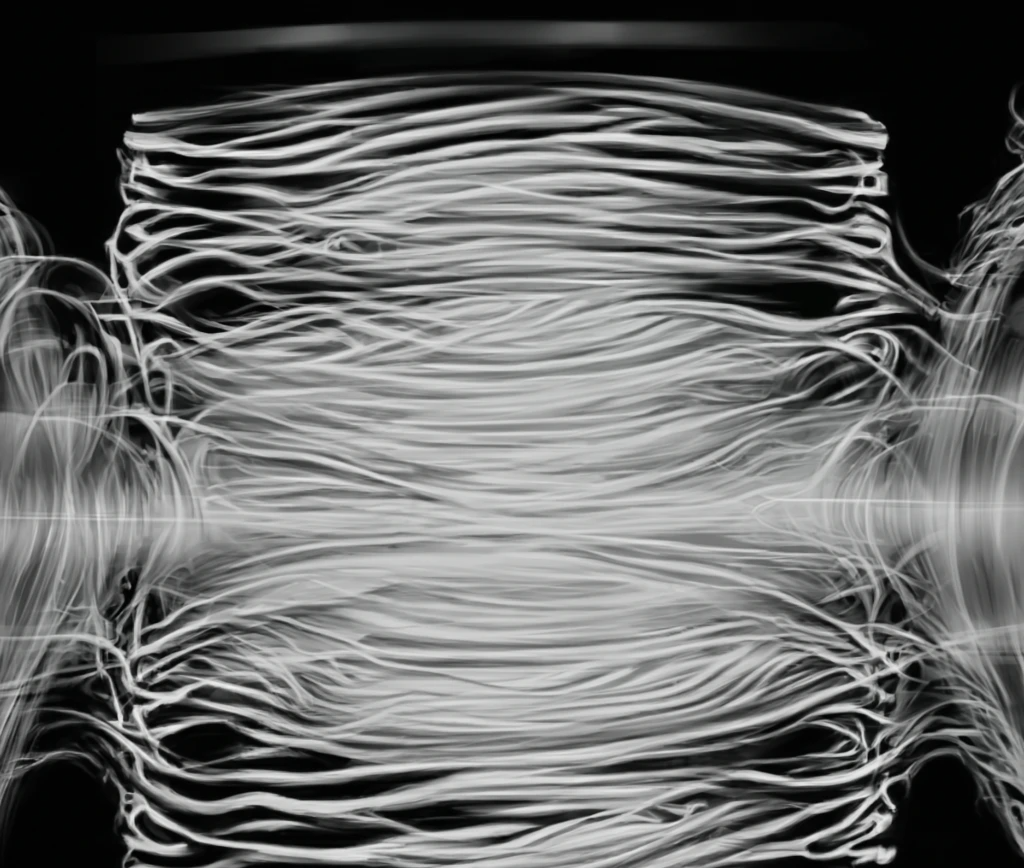Is it Really Possible to Overcome the Wave-Particle Duality?
Undoubtedly, at the dawn of Quantum Theory birth there is the comparison between the David Bohm's Deterministic Interpretation, with hidden variables, and the Schrödinger and Born Probabilistic Paradigm, which introduces the Wavefunction, 𝜓 as a representation of a physical system's state (Figure 1).
Towards a Unified Quantum Mechanics Theory
In the last years, a Unified Quantum Mechanics framework has been proposed, consisting of a comprehensive analysis of the Wave–Particle Dynamics of quantum particles. The conventional wavefunction, [math]\Large{\psi}[/math] (Figure 2) is redefined in terms of real scalar [math]\Large{{R}_0}[/math] and vector [math]\Large{\vec{R}}[/math] functions, shedding light on the intrinsic nature of quantum particles. The resulting expression unveils a dual composition of massless and massive fields within the particle, with the scalar [math]\Large{{R}_0}[/math] and vector [math]\Large{\vec{R}}[/math] functions satisfying the Quantum Telegraph Equation (Equation 1) [1] and the phase, [math]\Large{S}[/math] representing a massless field.
The interaction between these three functions is investigated, revealing intriguing connections. Notably, the product [math]\Large{S \cdot {R_0}}[/math] satisfies the telegraph equation, representing the potential energy of the particle field, while [math]\Large{S \cdot {\vec{R}}}[/math] signifies its momentum. This article explores scenarios where the particle exhibits fluid-like (wave) behavior, characterized by a conserved Energy–Momentum Tensor, [math]\Large{{\sigma_{ij}}^m}[/math] (further information in here, Section 1) (Equation 2).
Equation 1. The mathematical general form of the Quantum Telegraph Equation
Furthermore, Bohmian Mechanics can be incorporated into the Dirac Equation, resulting in a relativistic Hamilton – Jacobi Equation and a Continuity Equation. The new formalism eliminates the conventional quantum potential energy, providing a fresh perspective on Quantum Mechanics. Application of the Bohmian Method to Maxwell's Equations demonstrates the Particle–Wave Duality [2] of the electromagnetic field. It can also be established that when the electromagnetic field behaves as matter, it resembles a massless Dirac particle, supporting the de Broglie Hypothesis [3].
Equation 2. The Energy-Momentum Tensor mathematical expression
where [math]\vec{R}_i[/math] and [math]\vec{R}_j[/math] are the [math]R[/math] Vector components along the [math]i[/math] and [math]j[/math] arbitrary directions, respectively; while [math]\delta_{ij}[/math] is the Delta Function, which modulates the tensor magnitude.
What about a New Potential Energy?
In the so-called Schrödinger-Bohm Mechanics [4], the motion of a non-relativistic quantum particle in a Potential Energy, V is described using the Schrödinger Equation. The wavefunction is expressed as:
Equation 3. One of the Electron Wavefunction scalar forms
where [math]\Large{R}[/math] and [math]\Large{S}[/math] are real functions. The resulting equations are analyzed, revealing the dual nature of the particle as both wave and matter. A new potential energy dependent on the phase [math]\Large{S}[/math] is introduced, termed the Phase (Spin) Potential Energy (further information in here, Section 3).
A hybrid Theory of Vector and Scalar Wavefunctions
The Vector Quantum Mechanics represents a free quantum particle with mass, [math]\Large{m}[/math] using scalar and vector wavefunctions [math]\Large{\psi{_0}}[/math] and [math]\Large{\vec{\psi}}[/math], respectively. The quantum telegraph equation governs their evolution, illustrating the fluid-like motion [5] of the particle.

Figure 1. A representative 3-Dimensional Electron Wavefunction Energy Distribution graph
From Bohmian Vector Quantum Mechanics to Relativistic Dirac Equation
The combination of Bohmian Vector Quantum Mechanics to vector quantum mechanics yields to a relativistic Dirac Hamiltonian for massless and massive particles. The Hamiltonian equality implies a dual description of the particle, with all information propagating at the speed of light. The mass of the particle is uniquely determined by its wavefunctions, showcasing the interconnectedness of the fields.
Application to Maxwell’s Equations
The Bohmian approach is further extended to Maxwell's equations, revealing the particle–wave duality of the Electromagnetic Field. The electromagnetic field is expressed as a wave and particle, with the phase [math]\Large{S}[/math] governing the particle dynamics and [math]\Large{\vec{E}_0}[/math] and [math]\Large{\vec{B}_0}[/math] (Electric Field and Magnetic Field in vacuum, respectively, interacting with particle; further information in here, Section 3) representing wave aspects. The Photon, when behaving as matter, resembles a massless Dirac particle, supporting the de Broglie hypothesis.

Figure 2. A fountain plan of Electron Wavefunctions Interference
A Delicious Chance to Connect the Matter and Wave features of Particles
The Unified Quantum Mechanics framework highlights the inherent duality and interconnectedness of massless and massive fields within quantum particles. Particularly, the elimination of the quantum potential energy in this new formalism opens avenues for further exploration in quantum theory.
- LinkedIn. "Classical and Quantum Wave Equations: A Journey into the Core Concepts"https://www.linkedin.com/pulse/classical-quantum-wave-equations-journey-core-concepts-dadhich/
- ScienceDirect.com. "Complementarity, wave-particle duality, and domains of applicability" https://www.sciencedirect.com/science/article/pii/S1355219817301028
- ScienceReady.com. "de Broglie's Matter Wave Duality and Experimental Evidence" https://scienceready.com.au/pages/matter-wave-duality
- IOPscience. "Is the de Broglie-Bohm interpretation of quantum mechanics really plausible?" https://iopscience.iop.org/article/10.1088/1742-6596/442/1/012060/pdf
- Springer.com. "Visualization of hydrodynamic pilot-wave phenomena" https://link.springer.com/article/10.1007/s12650-016-0383-5
